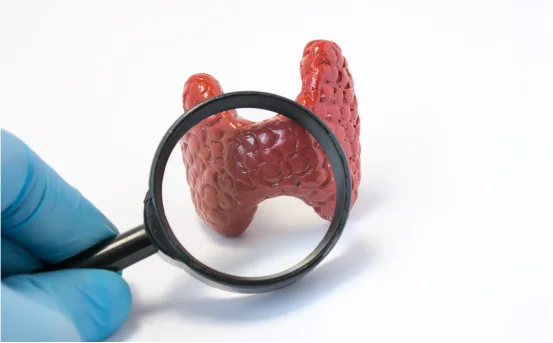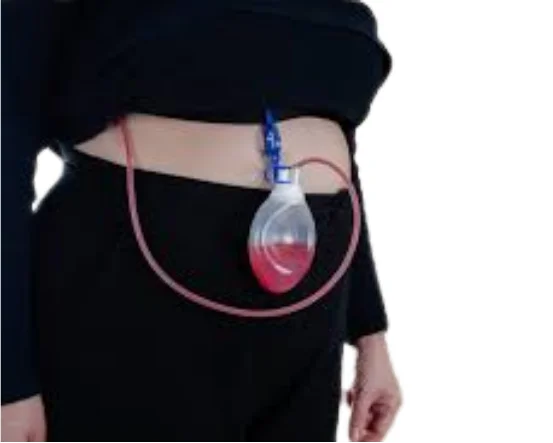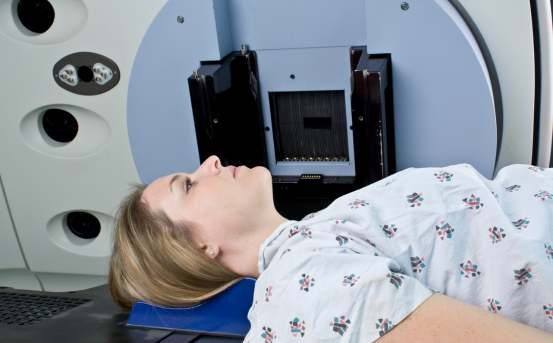Minimally Invasive Endocrine Surgery (MIES) has emerged as a revolutionary approach in the surgical treatment of endocrine disorders. It combines advanced imaging, precision instruments, and small incisions to offer patients safer procedures with faster recovery times and minimal scarring. This innovative surgical technique is transforming the way thyroid, parathyroid, adrenal, and other endocrine gland surgeries are performed today.
What is Minimally Invasive Endocrine Surgery?
The endocrine system includes glands such as the thyroid, parathyroid, adrenal glands, and pancreas, which are responsible for hormone production and regulation. When these glands become overactive, underactive, or develop benign or malignant tumors, surgery may be required to remove or repair them.
Traditionally, endocrine surgeries involved large incisions, extended hospital stays, and longer recovery periods. However, the advancement of minimally invasive surgical techniques has significantly changed this scenario. Minimally Invasive Endocrine Surgery allows surgeons to perform glandular procedures with smaller incisions, guided by specialized tools and real-time imaging technology.
Why Minimally Invasive Techniques Matter
Minimally invasive endocrine procedures are designed to reduce trauma to the body, lower complication rates, and improve cosmetic outcomes. These techniques are particularly important when treating delicate structures like the thyroid gland near the voice box or the adrenal glands located deep in the abdomen.
The benefits of minimally invasive endocrine surgery include:
- Smaller, less noticeable scars
- Reduced postoperative pain
- Shorter hospital stays
- Faster return to normal activities
- Lower risk of infection or bleeding
Because of these advantages, patients and physicians increasingly prefer MIES over traditional open surgery, especially for thyroid nodules, parathyroid adenomas, and adrenal tumors.
Types of Minimally Invasive Endocrine Surgeries
Several endocrine procedures are now routinely performed using minimally invasive approaches. Here are the most common types:
- Minimally Invasive Thyroid Surgery :- Minimally invasive thyroidectomy is used to remove part or all of the thyroid gland. This approach typically involves a 2–3 cm incision in the neck or remote-access techniques (such as transoral or axillary approaches) that avoid a visible neck scar.Surgeons use intraoperative nerve monitoring to protect the vocal cords and employ high-definition cameras to visualize the gland. Patients often go home the same day and recover fully within a week.
- Minimally Invasive Parathyroid Surgery :- This technique is used to remove overactive parathyroid glands in patients with primary hyperparathyroidism. Surgeons perform preoperative localization scans (like sestamibi scans or 4D-CTs) to precisely identify the diseased gland.The operation is done through a small incision, and only the abnormal gland is removed, preserving the rest. This focused parathyroidectomy takes less than an hour and offers high cure rates with minimal scarring and pain.
- Minimally Invasive Adrenal Surgery :- Also known as laparoscopic adrenalectomy, this surgery is used to remove adrenal tumors or hyperactive adrenal glands. It is performed through small incisions in the abdomen or back, using a laparoscope and fine instruments.Minimally invasive adrenal surgery reduces blood loss, pain, and hospital stays. It is ideal for treating conditions such as pheochromocytoma, Cushing’s syndrome, and aldosteronoma.
- Endoscopic and Robotic Approaches :- In some advanced centers, robotic-assisted endocrine surgery is available. This technique allows enhanced precision and control through robotic arms, especially in delicate or complex cases. Robotic surgery is often used for thyroid or adrenal operations in anatomically challenging areas or for cosmetic reasons when avoiding a visible neck incision is a priority.
Who is a Candidate for Minimally Invasive Endocrine Surgery?
Not every patient is eligible for minimally invasive surgery. Ideal candidates typically include those with:
- Small, localized tumors
- Benign or low-risk malignancies
- No prior neck or abdominal surgeries (in some cases)
- No extensive gland enlargement or metastatic disease
Your surgeon will evaluate your condition with imaging and lab tests before recommending the best surgical approach.
Preoperative Evaluation and Planning
Before undergoing minimally invasive endocrine surgery, a comprehensive evaluation is performed. This includes:
- Hormonal blood tests to assess gland function
- High-resolution imaging (ultrasound, CT, MRI, or nuclear scans)
- Fine-needle aspiration (FNA) biopsy for suspicious thyroid nodules
- Genetic testing (in select adrenal or parathyroid cases)
The goal is to precisely locate the problematic gland and plan a focused, minimally traumatic operation that achieves the desired hormonal or oncological outcome.
Postoperative Recovery and Outcomes
One of the biggest advantages of MIES is the rapid recovery. Most patients are discharged the same or next day and can resume light activities within a few days. Pain is usually mild and controlled with oral medications. The incisions are small, and sutures are often absorbable.
Long-term outcomes for most minimally invasive endocrine surgeries are comparable—if not superior—to traditional open surgeries. Cure rates for conditions like hyperparathyroidism or adrenal tumors remain very high. Additionally, patients report greater satisfaction due to quicker recovery and minimal cosmetic impact.
Advances and Future Directions
As technology continues to evolve, the field of minimally invasive endocrine surgery is expanding rapidly. Key developments include:
- Intraoperative imaging :- Real-time ultrasound and fluorescence imaging help improve accuracy.
- Robotics :- Offers better dexterity and precision, especially for deep-seated tumors.
- Natural orifice approaches :- Techniques like transoral thyroidectomy avoid visible scars entirely.
- Artificial intelligence integration :- AI-driven imaging and planning tools enhance surgical outcomes.
These innovations are making surgeries safer, faster, and more personalized to each patient’s needs.
Conclusion
Minimally Invasive Endocrine Surgery is a game-changer for patients with thyroid, parathyroid, and adrenal disorders. With its blend of precision, safety, and patient-centered care, it represents the future of endocrine surgery. For those diagnosed with an endocrine condition requiring surgery, exploring minimally invasive options can lead to better recovery, fewer complications, and more confidence in their health journey.
If you or a loved one are facing endocrine surgery, consult with a qualified endocrine surgeon who specializes in minimally invasive techniques. Their expertise can make all the difference in achieving optimal surgical outcomes with minimal disruption to your life.























